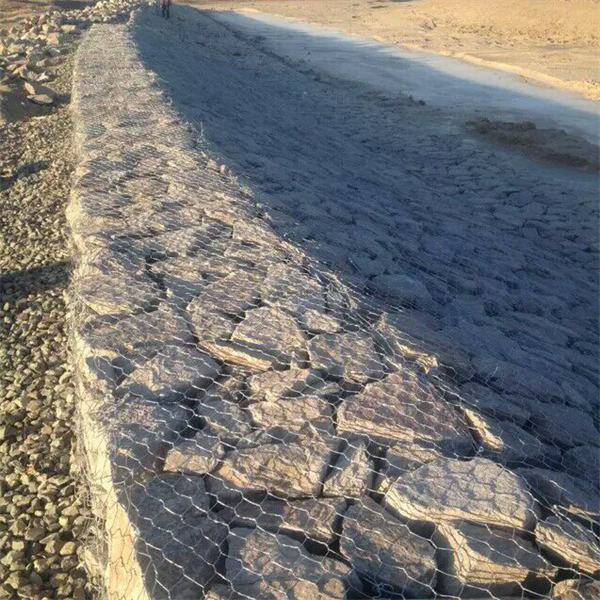Aug . 05, 2024 03:01 Back to list
Top Quality Gabion Components for Durable and Reliable Construction Projects
Understanding the Best Gabion Parts for Optimal Performance
Gabions are wire mesh containers filled with rocks or similar materials, primarily used for civil engineering, erosion control, landscaping, and architectural applications. The effectiveness of a gabion structure largely depends on its components, or parts, which contribute to durability, stability, and aesthetic appeal. In this article, we’ll explore the key gabion parts and how they can enhance the overall performance of gabion systems.
1. Gabion Baskets
The primary component of any gabion structure is the basket itself. Gabion baskets are typically fabricated from high-quality galvanized steel wire or PVC-coated wire, which provides resistance to corrosion. The mesh size can vary; smaller openings prevent smaller stones from escaping, while larger openings can accommodate larger stones. Selecting the right mesh size ensures that the materials will remain securely inside the basket, thus enhancing the structure's stability.
2. Stones and Fill Material
The fill material is crucial for the performance of the gabion. Typically, durable rocks such as granite, limestone, or rough, angular stones are used. Angular stones lock together more effectively than rounded stones, providing greater stability and reducing movement over time. The size of the stones should ideally be between 4 to 8 inches to ensure adequate weight and packing in the gabion basket. The choice of fill material inevitably influences the gabion's functionality, particularly concerning drainage and erosion control.
3. Reinforcement Wire
To provide additional strength, some gabion designs incorporate reinforcement wires. These are typically placed at the corners or the joints of the gabion baskets. They help maintain the shape and integrity of the basket and prevent deformation under load. Using reinforcement wires adds an essential layer of durability, especially in areas subject to high water flow or heavy loads.
best gabion parts

Gabion baskets are typically outfitted with closure systems, which can include clips or bolts, to secure the filled baskets. Proper closure ensures that the fill material remains intact and the structure remains stable. Effective closure systems allow for easy assembly and disassembly of the gabions, which is especially beneficial for temporary structures or when maintenance is required.
5. Geotextile Fabrics
In some applications, geotextile fabrics are utilized in combination with gabion baskets. These permeable fabrics prevent soil erosion while allowing water to flow through freely. Using geotextiles behind the gabion structures can enhance drainage and reduce hydrostatic pressure, making the gabions more effective at managing water flow and controlling erosion.
6. Accessories and Additional Components
There are various accessories available to enhance the functionality and aesthetics of gabion structures. These may include additional features such as planting pockets for vegetation, which help integrate the gabions into natural landscapes. Furthermore, edge caps or decorative stones can be applied to the exposed surfaces of the gabions, providing an appealing visual finish.
Conclusion
Understanding the various parts of gabion structures is crucial for anyone involved in civil engineering, landscaping, or architectural projects. Selecting the best gabion parts, including quality baskets, appropriate fill materials, and effective closure systems, will ensure the design's durability and functionality. By carefully considering these components, professionals can create effective gabion systems that serve their purpose while enhancing the natural and built environment. As the demand for environmentally friendly solutions grows, gabions continue to prove their value in sustainable construction practices.
-
Wire Mesh Thickness Impact on Gabion Wall Load Bearing
NewsAug.12,2025
-
Ultimate Guide to Hexagonal Gabion Box
NewsAug.12,2025
-
Types of Rocks for Gabion Baskets Durability and Aesthetics
NewsAug.12,2025
-
Standard Gabion Box Sizes and Their Industrial Applications
NewsAug.12,2025
-
Easy Guide to Building Garden Gabion Cages at Home
NewsAug.12,2025
-
Drainage Solutions for Gabion Mesh Structures
NewsAug.12,2025
-
Visualizing Gabion 3D Integration in Urban Landscapes with Rendering
NewsJul.23,2025






